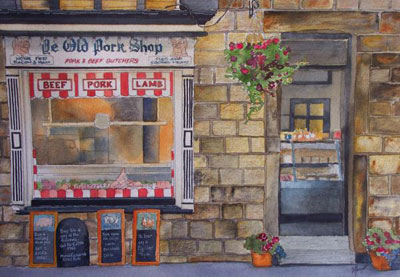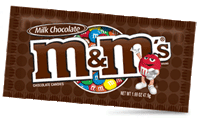 This is a story about Beef Stroganoff. But before your mind wanders to sour cream and Russian Tzars, picture the small kitchen in which it was created. Probably 9 by 9, with a rudimentary stove, a wooden counter which doubled as a chopping board, a hatch leading into a dining room, a single sink with a window facing onto the mountain, with the silver birch trees, where the blueberries and wild strawberries grew in the summer. The larder, where on special occasions gravlaks was made (weighed down with wooden boards and round lead sinkers), was reached via a trap door in the wooden floor, the entrance covered by a red and white rag rug.
This is a story about Beef Stroganoff. But before your mind wanders to sour cream and Russian Tzars, picture the small kitchen in which it was created. Probably 9 by 9, with a rudimentary stove, a wooden counter which doubled as a chopping board, a hatch leading into a dining room, a single sink with a window facing onto the mountain, with the silver birch trees, where the blueberries and wild strawberries grew in the summer. The larder, where on special occasions gravlaks was made (weighed down with wooden boards and round lead sinkers), was reached via a trap door in the wooden floor, the entrance covered by a red and white rag rug.
Because this story takes place a long time ago, when I was just a small child, the details of the preparation of the stroganoff are hazy. In those days such things did not interest me, and although no doubt many conversations were had by the grown-ups in the family about which butcher had the best meat as it was a special occasion -- and just on that day money didn't seem to matter quite as much -- I think I may have been sitting on the roof of the wooden outhouse, picking black morello cherries and stuffing them into my mouth at the time.
I did know that when the meat did arrive -- via my grandfather's dark red Lancia with its sweet-smelling leather seats -- there was a great welcoming party consisting of my grandmother, my mother, my aunt, maybe even my father in his rolled up jeans and a fish bucket, having coincidentally just stepped off the boat after a morning of catching cod and mackerel in the days when cod were as bountiful as the little crabs under the jetty. My grandfather was in his city clothes, his doctor clothes. The dark grey wool trousers, the pale blue shirt, the elaborately polished brown loafers he wore in Oslo. He carried the special stroganoff beef in front of him, laying it on his two hands like a tray, wrapped in white butcher paper and tied with twine. He had a smile on his face.

 The happy childhood goes like this: My mother unwraps the silver boxes
of cream cheese as if they are presents. She beats the soft cheese –
the crack of eggs, a dust-storm of sugar – into pale snowbanks in the
bowl while she lets me crush the graham crackers with a hammer. I sneak
a few butter-laced crumbs and, later, watch the cooling cheesecake with
that wistful ache children can have about certain foods. Such moments,
repeated through the years, transform simple favorites into profound
emblems.
The happy childhood goes like this: My mother unwraps the silver boxes
of cream cheese as if they are presents. She beats the soft cheese –
the crack of eggs, a dust-storm of sugar – into pale snowbanks in the
bowl while she lets me crush the graham crackers with a hammer. I sneak
a few butter-laced crumbs and, later, watch the cooling cheesecake with
that wistful ache children can have about certain foods. Such moments,
repeated through the years, transform simple favorites into profound
emblems.
 It started with cheese and frackers. Between ages three and four I switched out a rented violin for a full junior pro drum kit, and graduated to brie’n’bread in the snack game.
It started with cheese and frackers. Between ages three and four I switched out a rented violin for a full junior pro drum kit, and graduated to brie’n’bread in the snack game. Sitoo means grandmother in Arabic, a deeply respectful title.
Sitoo means grandmother in Arabic, a deeply respectful title. Wednesday was a special day in my house when I was a child. My father was a pharmacist, my mother stayed home to take care of us. To help make ends meet, he worked a second job on Wednesday evenings and Saturday afternoons at a local drug store in addition to his usual 9-5 gig at the local hospital. Thirty years ago being a pharmacist didn’t bring in the big bucks it does today and with four kids, he had his hands full. He was never home until long after dinner on Wednesdays and we were always excited for his return, partly because he brought with him our weekly chocolate treat – plain M&Ms.
Wednesday was a special day in my house when I was a child. My father was a pharmacist, my mother stayed home to take care of us. To help make ends meet, he worked a second job on Wednesday evenings and Saturday afternoons at a local drug store in addition to his usual 9-5 gig at the local hospital. Thirty years ago being a pharmacist didn’t bring in the big bucks it does today and with four kids, he had his hands full. He was never home until long after dinner on Wednesdays and we were always excited for his return, partly because he brought with him our weekly chocolate treat – plain M&Ms.